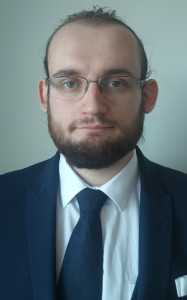How we make sounds
Description
Vocal Characteristics
Language
EnglishVoice Age
Young Adult (18-35)Accents
British (General) British (Received Pronunciation - RP, BBC)Transcript
Note: Transcripts are generated using speech recognition software and may contain errors.
the human voice has generated. When interaction occurs between three key parts the lungs, the vocal folds within the larynx, or voice box on the articulate er's, the lungs provided the pump. They send the air flow as well as controlled air pressure to the vocal folds, which then vibrate, creating audible pulses that formed the Larrin jewel sound source. Pitch and tone are fine tuned by the muscles off the larynx, which adjusts in both length and tension. Finally, the articulate ER's located above the larynx, then interact with a syringe off airflow to strengthen or weaken it. The articulate Er's are composed of the tongue, palette, cheeks and lips. Together, the vocal folds and articulate er's are able to create highly intricate it'll raise of sound. Humans can leverage this mechanism to convey complex emotions, suggesting happiness, fear, sadness, surprise, anger and more
